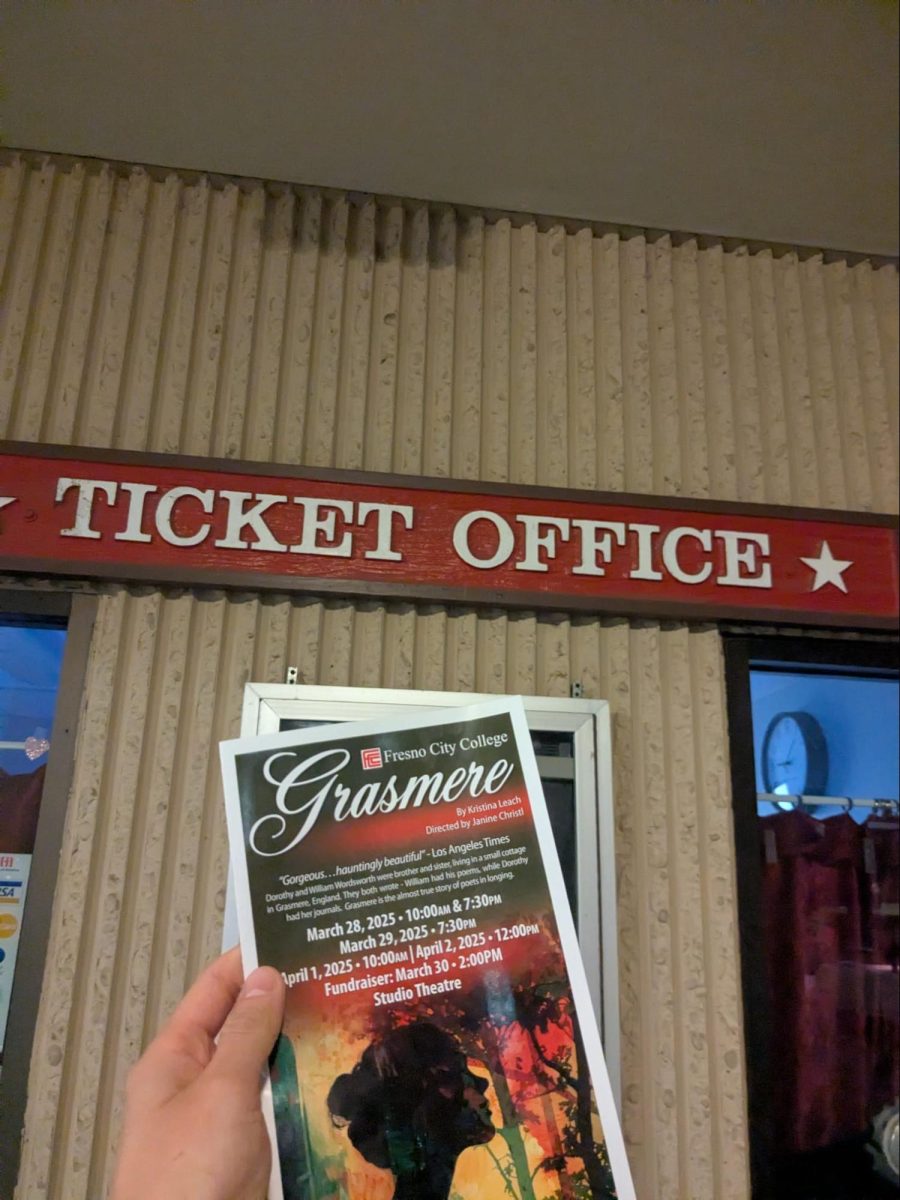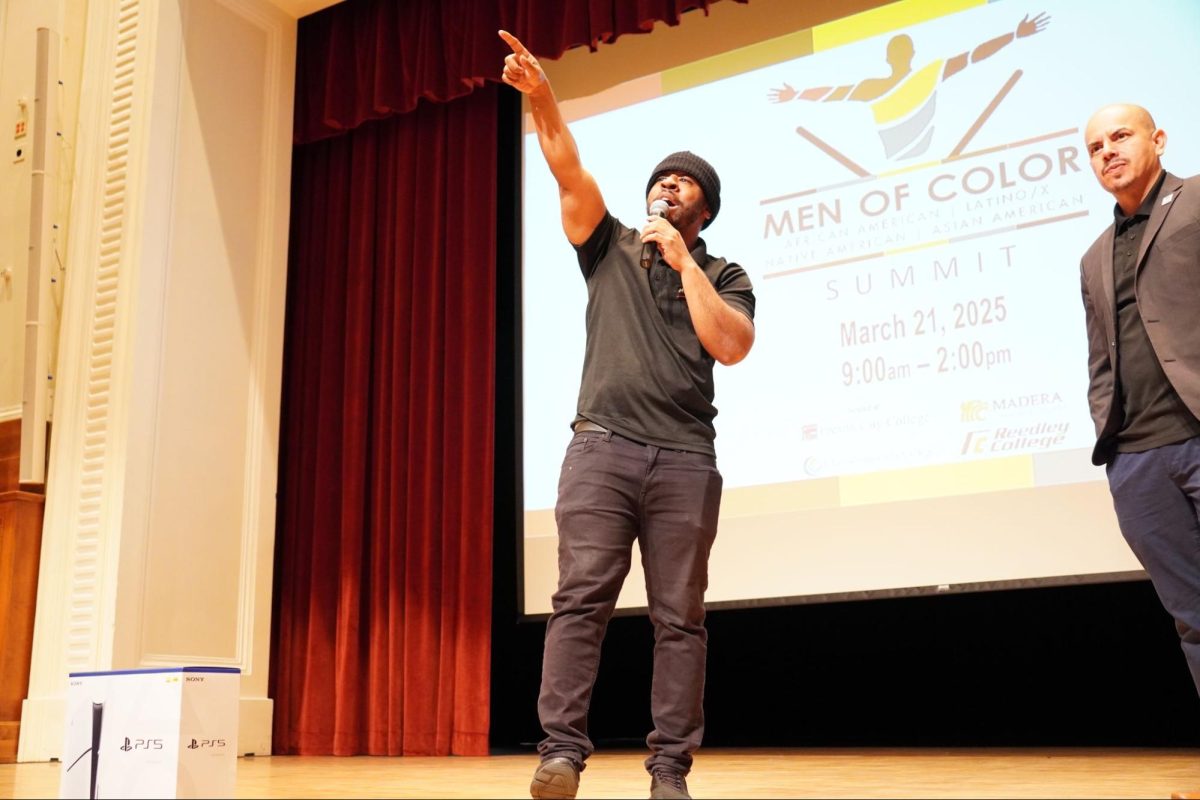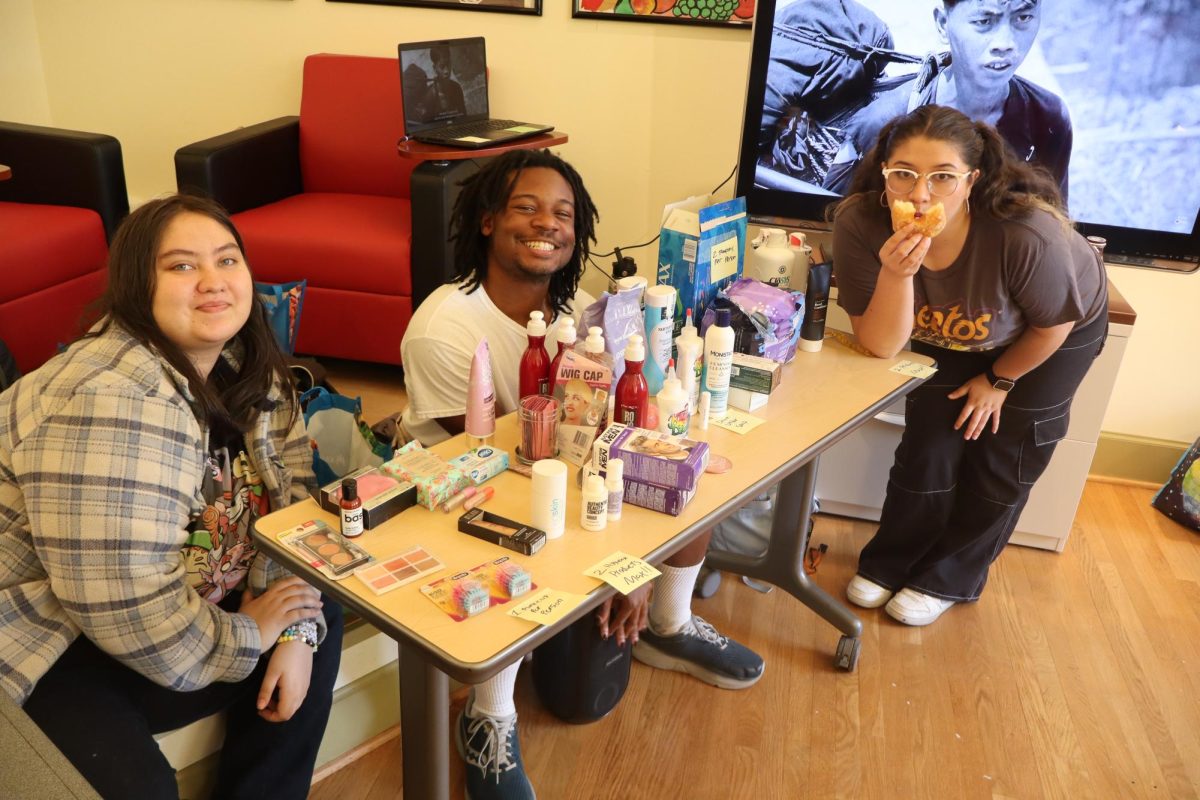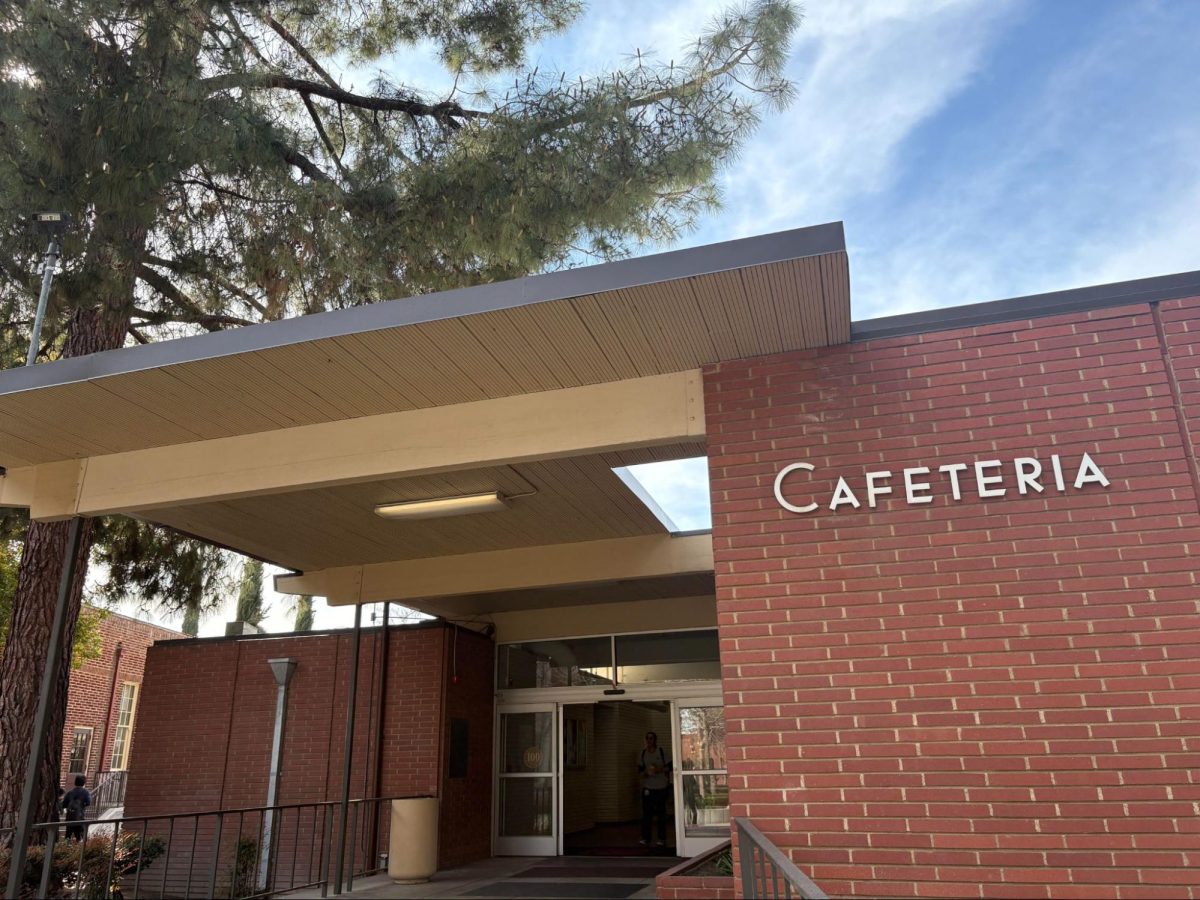Fresno City College got students in the spirit of Halloween in a way atypical of the usual trick or treating: by blowing things up on campus.
The FCC Science and Engineering Club set things off with a boom as they held their annual Halloween Science Spectacular in the free speech area last Friday.
Along with the club, faculty members of the math, science and engineering division were joined by the students and staff in attendance.
The show featured a Van De Graaf generator – an electrostatic generator that uses a moving belt to accumulate high amounts of electricity on a hollow metal globe – along with other experiments on static electricity.
“How many of you have ever gotten a shock by walking across your carpet and touching the floor?” asked physics instructor David Balogh, inviting the audience to participate. “This generator does that, only like ten thousand times better!”
In a demonstration on how magnetic fields work, Balogh placed Neodymium magnets (a type of powerful magnet with a strong magnetic field) down an aluminum tube to show the reaction of the changing magnetic field between the magnets within the tube.
A more gruesome experiment included the gloved hand of FCC chemistry instructor Christian Vellandi being immersed in liquid nitrogen; a pretendedly absent-minded Balogh “accidentally” slammed a hammer over Vellandi’s hand, which resulted in the exposure of Vellandi’s fake bloodied thumb.
Ryan Payne, a physical therapy major, attended the event.
“I was in Vellandi’s class, so some of this stuff I’ve seen him do,” said Payne. “There were a lot more booms this year.”
Physics major Michael Bareian said that this year’s Halloween Science Spectacular saw “more people, definitely more people.” “They really reached out to the community, and more people understand how important and cool this is.”
Other demonstrations included a variety of roses and racquetballs being dipped into liquid nitrogen, which resulted in a chemical reaction of the objects being “frozen” solid, before being slammed onto a table by Balogh and shattered into pieces.
The exhibit of science experiments ended with the playing of Tchaikovsky’s “1812 Overture,” synced to the combustion of several balloons which contained Hydrogen and Oxygen gases – a reaction that results from combining the gases.
The balloons were ignited by a barbecue lighter being improvised as a heat rod, and concluded the act by saving these bigger booms for last.






